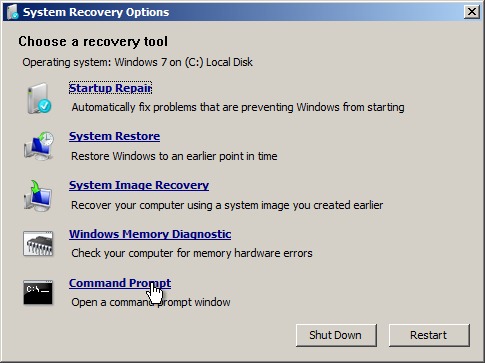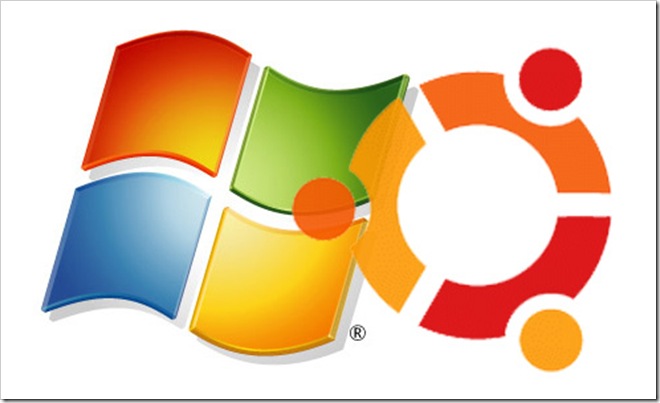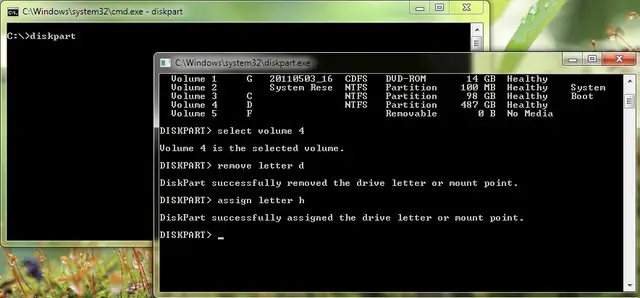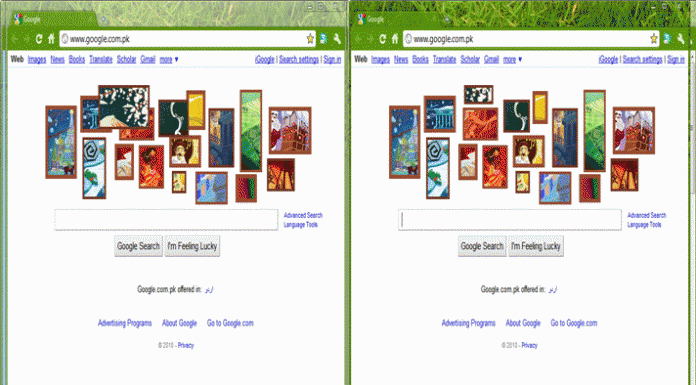Windows 2008 and 2008 R2 servers with All Sp’s: Tips and Tricks
The Microsoft Windows 2008 and 2008 R2 are servers which have been launched as game changers.
They are the best in class servers available.
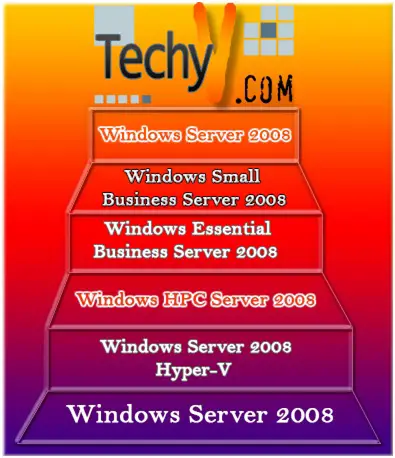
However, they are so full of features that a lot of people do not know how to use them optimally. In fact, Microsoft has started a certification program to especially train personnel so that they know how to use and operate these servers. This article provides you a part of the 100’s of features. To highlight the use of each feature and how it contributes to overall efficiency, we have selected the top 20 features.
1. Track User Sessions: Using Windows server 2008, it is possible to track all user sessions and computer sessions on shared resources. This greatly enables you to control the processes at your workplace and also enhances overall network security. In fact it is possible to track user activities in so much detail that an administrator can tell at what moment, at what file the user was logged on. It is this ability to monitor workforce actions that sets apart an organization which has complete control over its processes from an ordinary organization.
2. Easier To Find Shared Resources: Shared resources are very important for the proper functioning of an organization. But often people with low technical or computing skills have a hard time finding where the shared resources are. Thus the device which was actually intended to increase productivity actually decreases it. Training in this regard is also difficult since many of these people are not comfortable using technology but are good in their own domains. To overcome this problem Microsoft has built in new feature in its Windows 2008 and 2008 R2 line of servers. With Windows server 2008 and 2008 R2 service packs enables this can become a cakewalk. It will increase the efficiency and effectiveness of your organization.
3. Hidden Shared Resources: Shared resources are vital for the functioning of the organization. But the key point is whom do they need to be shared with? There are some resources which cannot be shared with everybody in the organization. Sharing such resources on a shared drive generally harms the confidentiality as it is perceived that it may be accessible to the wrong people. Therefore traditionally it has generally been an environment of tradeoff between security and convenience of shared files. In this case you can use Windows 2008 servers to create hidden shared resources. In this case only those who are authorized to view these resources will be able to view it. It’s like having a small ERP system that provides different levels of views to different people.
4. Create Partitions and volumes: Dividing space in a server can be a bit of a task for the administrator, but needs to be done to ensure that memory is utilized in the most cost effective way. It can be done through a process called virtualization. In this process multiple virtual servers are created within one physical server and assigned for different uses. These virtual servers can also be adjusted and dynamically allocated to different uses. It is this technique of virtualization which therefore helps in cutting hardware costs by a large number. Windows 2008 servers provide you with the option of doing it seamlessly since there are built in options in the menu which allow you to do this.
5. Event Logs: In an organization there are numerous events which are happening simultaneously. It is this ability to organize events and execute them that makes the difference between an average and an extraordinary organization. But as business grows the events become so numerous and so intricately related that they form a complex web. A computing device is therefore needed to sort and filter these events and give them suitable priority according to various parameters. Creating and filtering an event log is easy when you have a Windows 2008 server. This helps to organize events in a manner which is suitable for timely and cost effective completion of projects. So using a Windows 2008 and 2008 R2 server can help your organization build a reputation for being effective and time conscious. This will help you get a lot of business, since punctuality is a trait which is valued by the customers.
6. Notifications: Not all events in an organization are of equal importance. There are some outliers which can have catastrophic consequences. In management jargon, they are called black swans. They have a very small probability of occurrence but can have a huge impact when they do occur. It is information that is the make or break parameter in such situations. In such cases the best course of action is to quickly monitor it. There is therefore a demand for immediate prompts when certain pre-defined actions occur. Windows 2008 server has built in mechanism where you can configure them to immediately notify you if certain events do occur. Thus you can quickly take action and make sure that you can do as much damage control as possible. This feature has great benefits especially for organizations which work in dynamic, uncertain environments.
7. Log in time: Each user may take a minuscule amount of time logging in. But when you add up those times, they may represent a significant cost to the organization. This is because as each user logs in, their requests are considered one by one and approved. If there are requests pending before the particular users request then the new request gets queued on. To solve this problem Microsoft has thought of a solution called the remote logon. It is important that Windows 2008 server has a remote log on facility since it drastically cuts the time required.. This works when a single user can use a single username and password and ensure that a whole bunch of users are logged in. It thus depends on the amount of trust and control systems that are in place to monitor the main user since if they did not check the system correctly wrong person may be logged in.
8. Working on offline files: A Windows 2008 server enables the user to work on files even if the network is presently not connected to the internet. There is a feature which enables files to be captured on the network using the cached files feature and the user can then use it to conduct operations like modifying it. This greatly reduces any time lost due to connectivity issues and optimizes the work processing speed for any business.
9. Remote Access: Windows 2008 server has the best in class remote access. This is truer when it comes to plug and play devices and especially media devices. With Windows 2008 server you can have media devices run smoothly whether they are operated centrally or locally. Thus with remote access you can control any desktop or server on the network from anywhere. This can be of great use to the admin who may not have to be physically present at the system to check the error. They can remotely check the error and administer it and therefore the time they spend in moving from place to place and logging into different systems is saved.
10. Better display: A Windows 2008 server is meant for a better display. This is because it has got a better resolution. At the same time it has certain added features like font smoothening etc. Overall the Windows 2008 server gives the user a better computing experience because of its high tech built in features.
11. Monitoring DNS Servers: Monitoring DNS servers can sometimes be an important issue to ensure that your organizations network is running seamlessly. Windows 2008 server allows you to monitor DNS systems via an inbuilt facility.
12. Read Only Domain Controllers : Read only domain controllers can be pretty helpful particularly if you r organization has got branch offices and is dealing with sensitive data. In this case there are two options, firstly you could try and physically make each and every location secure. On the other hand Windows 2008 gives you a cost effective solution which enables you to convert them into Read only domain controllers which are controlled from the head office which is much more physically secure.
13. Delegate local authority: Windows 2008 servers allow you to delegate local authorities for tasks which may not be important to the administrator such as backup and restore operations. Thus Windows 2008 server allows effective division of work protecting both the security and the costs.
14. Corrects corrupted files: Corrupted files are known for causing chaos in the organization particularly if the file contains some information which may be vital to the functioning of the firm. Usually firms take backup of such information. But Windows 2008 server actively finds out the corrupted files and starts procedures to correct them.
15. Shared configuration via IIS: Configuring a server takes an awful lot of time. But the IIS 7.0 inbuilt in the Windows server allows you to export the setup as an image file and then there are procedures with which you can make sure that it gets automatically configured on all the servers.
16. Parallel session creation: Log on sessions would take a long time in the traditional server environment. This is an alternate solution to the remote log on which the server provides. Some corporations may not be comfortable letting one person logon on the behalf of many since it does not meet their data protection requirements. But they still need to achieve maximum efficiency so as to enable cost savings. In this case, when many users logged in together, they would form a queue and then log in would happen as per your position in that queue. In the Windows 2008 environment parallel log ins have been enabled. This means that multiple users can log on at the same time thus decreasing log in time and increasing productivity.
17. SMB2 network file system: Media files have become an integral part of every organization. As we advance further we deal with more and more media files of greater sizes. Transferring them with great speed is the challenge the old SMB network file systems faced. An updated version is the SMB2 file systems which may need less time to accomplish the task. Since these are an inbuilt feature in the Windows 2008 server along with better resolution, they make downloading and watching media files at lightning fast speed a real possibility.
18. Scripts: There are certain tasks which need to be carried on repeatedly like system start up, shut down, log in and log offs. These sometimes take a lot of time since many users have to do the same things. But with Windows server 2008 all that is required for the admin is to create a few scripts. The inbuilt system will allow you to do so with remarkable ease. And thereafter performing these operations will almost take no time for the user.
19. Detect and avoid IP address conflicts: Windows has an inbuilt feature called IPv4 address detection. When you enable this it will automatically detect any conflicts between the IP addresses and quickly correct them. Thus it enables the system to run optimized at maximum speed.
20. Connectivity: In the management it is said what can be measured can be managed. It is with this intent that Microsoft has created the tool to measure and monitor bandwidth and connectivity within the network in the Windows 2008 server. As a result,you can dynamically check the network for its speed and maximize it. It is this difference that actually determines the effectiveness and efficiency of the network.
The Windows 2008 server is a pack of incremental innovations.There are several hundred incremental innovations each of them contributes slightly to the efficient working of the organization. The end result is that you have an organization which is overall much more efficient. All the incremental innovations contribute synergistically to make a huge difference.



